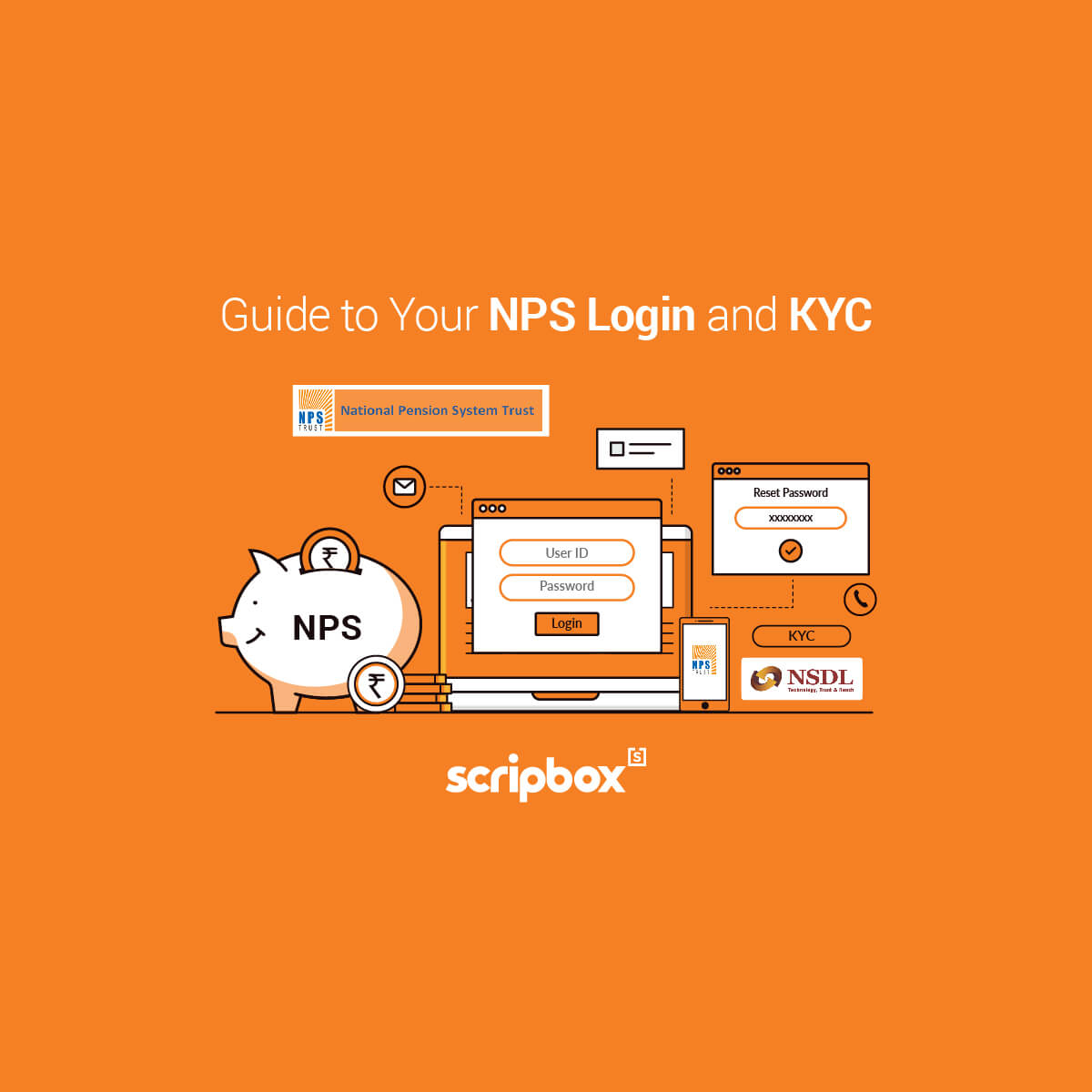
PPF Full Form: Types & How to Fill PPF Form
Public Provident Fund is a post office saving scheme that is launched by the Government of India to encourage saving among Indian residents. It has a fixed lock-in period of 15 years and currently has an interest of 7.1% per...

Check Aadhaar Card Status Online – How to Check Update Status?
Aadhaar is a vital identity for all Indian citizens. When you apply for an Aadhaar Card at the enrolment center, you can check the Aadhaar Status online. Upon successful enrolment and verification of the documents, you will receive an acknowledgement...

EPF Form 2: How to Fill EPF Form 2 Easily
PF Form 2 focuses on the nominees. The form requires details pertaining to the nominee(s) and the percentage of corpus to be distributed to them. In the event of the employee’s untimely demise, the nominee will be eligible to withdraw...

NPS Withdrawal Rules: Tier 1 & Tier 2 Withdrawal Guide
National Pension Scheme is a Government of India initiative to encourage long term savings. Pension Fund Regulatory and Development Authority (PFRDA) regulates the scheme. This voluntary pension scheme requires individuals to make contributions to the scheme until they turn 60....

NPS Login: Registration, and Password Reset Procedure
The National Pension System is a government retirement scheme regulated by the Pension Fund Regulatory and Development Authority (PFRDA). All India citizens (residents and non-residents) within 18-65 years of age can invest in NPS. This article covers the NPS registration...
Practical Insights For Wealth Creation
Our weekly finance newsletter with insights you can use
Your privacy is important to us

Employee Pension Scheme (EPS Pension): Eligibility, Formula, Types
Employee Pension Scheme (EPS) is a social security scheme from the Employees’ Provident Fund Organisation (EPFO). The main purpose of the scheme is to make provisions for employees in the organised sector for pension. However, for a person to be...

How to Merge Two UAN Numbers Online?
Universal Account Number (UAN) is the unique number allotted to EPFO members. Multiple EPF accounts are linked to a single UAN. However, there can be instances where an individual has two active UAN numbers. Having two active UANs is against...

Mahila Samman Savings Certificate (MSSC): Scheme Details & Interest Rate
What is Mahila Samman Savings Certificate? Mahila Samman Saving Certificate (MSSC), a new small savings scheme launched in the Budget 2023 to promote investments among women. MSSC is a single-holder account that can be opened at any Post Office or...









